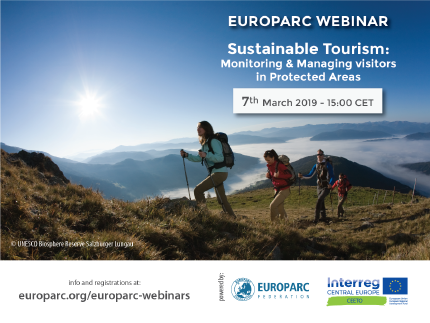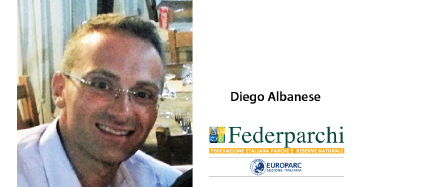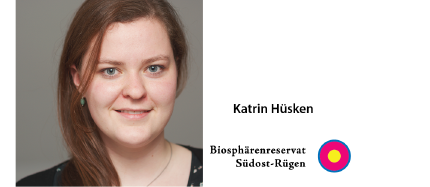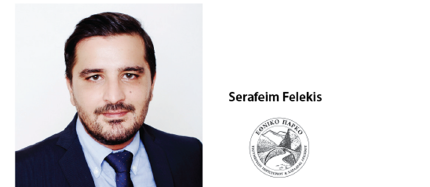CEETO Webinar - Monitoring & Managing visitors in Protected Areas
The Webinar will take place on March 7th 2019 at 15:00h CET and will give an overview on the best and more cost-effective tools to monitor tourist flows in protected areas. Registrations are now open!
With tourism visits in Europe growing at an unprecedented rate, and with nature destinations among the most visited places, we need to empower protected area professionals to manage tourism flows to deliver socio-economic benefits without compromising the conservation status of the destinations. How to balance the human impact that tourism can bring? Which methodologies are being used to assess visitors‘ flows and impact? How to allow managers of the Protected Areas to take strategic decisions and plan effectively tourism?
Organised by EUROPARC Federation as one of the partners of CEETO Interreg Central Europe project, this webinar will count with the participation of some CEETO project partners who will share some outcomes of their work: we will get to know some of the best and more cost-effective tools to monitor tourist flows being used by protected areas. After learning the theory, we will get the practice insight, and discover how one of the most visited destinations in Germany is monitoring the impact of their visitors, and using the information collected to make better strategic decisions
Finally, we will have a presentation by the Greek National Park that will host the Charter Network Meeting in April 2019, an international gathering of sustainable tourism experts and technicians from EUROPARC Sustainable Destinations, and hear the challenges they are facing since the Park has tripled its size.
Participation is free, but registration to the webinar is needed! All participants are most welcome to share their views and direct their questions to the presenters. After the presentations, there will be a live Q&A.

Webinar: Monitoring and Managing visitors in Protected Areas
March 7th 2019 - 15:00h CET
<<Register now>>
You can find further information about this webinar and others at EUROPARC Federation website.
Webinar Contents
Case Study 1: Tourist flows in Protected Areas: an inventory of (the best) monitoring methods.
By Diego Albanese, Federparchi – EUROPARC Italy.
Diego is the Scientific Coordinator of CEETO Project in Federparchi. He is an expert in sustainable tourism development of destinations, having a large experience in market analysis, elaboration of action plans and marketing strategies.

Diego Albanese
Tourism is an economic activity strongly driven by natural attractions, but the same natural features can be easily threatened and damaged by all the direct and indirect pressures linked to it. It is therefore essential for Protected Areas to have planning, management and monitoring tools, specifically designed to make tourism activities within protected areas sustainable and environmentally friendly
In CEETO project, an inventory of the best and most innovative methods for monitoring tourist flows in Protected Areas has been drawn up, tools able to adapt to the needs of each Protected Area. The methodologies identified are a mix of well-consolidated methods, which have been used for many years, and innovative methods, which are gaining importance and credibility in recent years. This inventory is addressed to managers of Protected Areas (local, regional or national public entities, competent agencies) and their stakeholders such as NGOs, research centres and universities or SMEs that might be interested in the interconnection between environmental and biodiversity conservation and development of sustainable tourism strategies.
Case Study 2: Monitoring visitors in the Southeast-Rügen Biosphere Reserve.
By Katrin Hüsken, CEETO Project Coordinator, Biosphere Reserve Southeast-Rügen, Germany.
Since her studies, Katrin was always focused on the topic of sustainable development. In 2013/2014, she worked as environmental consultant and coordinator of the national sustainable tourism label “ecolabel” in Luxembourg. Since 2017, Katrin is the project coordinator for the Interreg CEETO Project at the Authority of the Biosphere Reserves Southeast-Rügen. Katrin is the project coordinator for the Interreg CEETO Project at the Authority of the Biosphere Reserves Southeast-Rügen.

Katrin Huesken
The Biosphere Reserve Southeast-Rügen was established in 1990 and in 1991, with the recognition by UNESCO, included in the world network of the Man and Biosphere (MAB) programme. Sustainable regional tourism development has been, for a long time, a strong focus in the biosphere reserve and continues to be of great importance especially when looking at the visitor numbers of up to 6.4 million visitors per year (statistics 2017). Since 2012, the Biosphere Reserve has been working with the European Charter for Sustainable Tourism in Protected Areas and is part of EUROPARC List of Sustainable Destinations, having renewed their commitment in 2018.
Case Study 3: Tourists Flows in a protected area that tripled its size.
By Serafeim Felekis, President, Tzoumerka, Acheloos Valley, Agrafa and Meteora National Park, Greece.

Serafeim Felekis
When in 2015 the Tzoumerka National Park joined the EUROPARC Network of Sustainable Destinations, the park covered around 860 square kms but in 2018, the Government decided to expand the area of the National Park. Now, it has tripled its size, ranging from th Acheloos valley to the famous region of Meteora, one of the most visited places in Greece. The over 20 monasteries standing on the top of steep sandstone rock pillars are recognized by UNESCO world heritage site since 1988 and attract thousands of tourist every year
The increase of the National Park size brings new challenges: new stakeholders, a large area of agricultural land, many more obligations, and, certainly, a much higher number of visitors. In his presentation, Serafeim will explain how the Park is dealing with the change and why they have decided to host an International Sustainable Tourism Meeting in April 2019! By bringing together experts in Sustainable tourism and protected area professionals from across europe, they aim to gather good inputs for the challenges ahead
